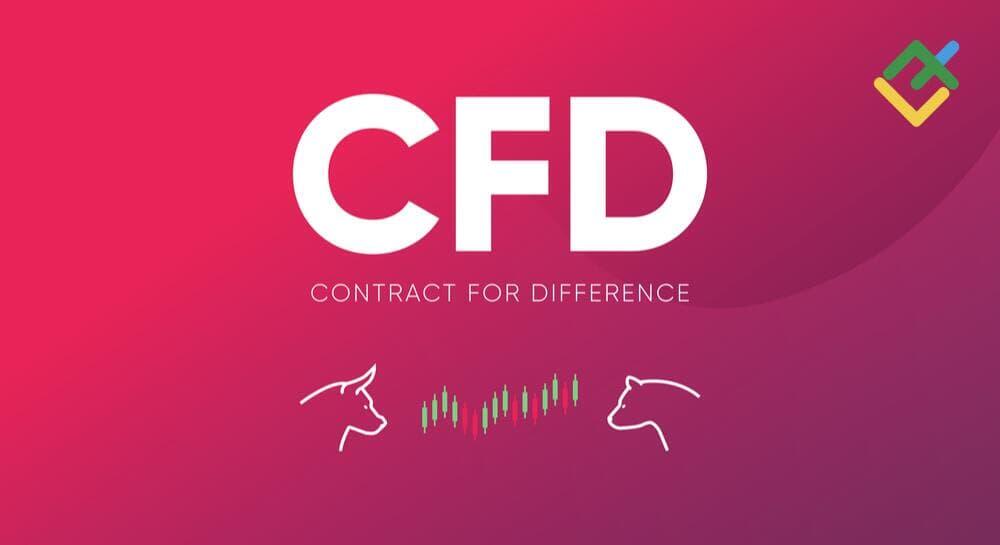
Investing can often appear complex and intimidating, especially with the array of financial instruments available. One such instrument is the Contract for Difference (CFD). For those new to the world of trading, understanding CFDs can open up new avenues for potential profit. This blog aims to break down what cfds are, how they work, and how you can start trading them.
What Are Contracts for Difference?
A Contract for Difference (CFD) is a popular financial instrument that allows traders to speculate on the price movements of assets like stocks, commodities, currencies, and indices. Unlike traditional forms of trading, where you buy and sell the asset itself, CFDs allow you to trade on the price movements without owning the underlying asset.
The Mechanics of CFDs
When you enter into a CFD contract, you agree to exchange the difference in the asset’s price from when the contract is opened to when it is closed. This means you can profit from both rising and falling markets by taking long (buy) or short (sell) positions.
Why Trade CFDs?
Trading CFDs offers several benefits that make them an attractive option for many traders. Firstly, they provide access to a wide range of markets and assets, allowing you to diversify your portfolio. Secondly, CFDs often come with lower costs and greater leverage compared to traditional trading methods.
Benefits of CFD Trading
One of the primary advantages of trading CFDs is leverage. Leverage allows you to control a large position with a relatively small amount of capital. This can amplify your potential profits but also comes with increased risk. Additionally, CFDs often have lower fees, as you do not need to own the asset.
Risks of CFD Trading
While CFDs offer significant advantages, they also come with risks. The leverage that magnifies your potential profits can also magnify your losses. It is crucial to understand the risks involved and employ risk management strategies, such as setting stop-loss orders and not over-leveraging your trades.
Getting Started with CFD Trading
If you’re interested in trading CFDs, the first step is to choose a reputable broker. Look for brokers that offer a user-friendly platform, competitive spreads, and a range of assets to trade.
Research and Education
Before you start trading, it’s essential to educate yourself about the markets and the assets you want to trade. Many broker platforms offer educational resources, including webinars, articles, and demo accounts that allow you to practice trading without risking real money.
Setting Up Your Account
Once you’ve chosen a broker, you’ll need to set up your trading account. This typically involves providing some personal information and funding your account. Most brokers offer various funding options, including bank transfers, credit cards, and digital wallets.
Swing trading involves holding positions for several days or weeks to capture short- to medium-term price movements. This strategy requires a good understanding of technical analysis and market trends, and many traders rely on various swing trading strategies to identify optimal entry and exit points
Analyzing the Markets
Successful CFD trading requires a good understanding of market analysis. There are two primary types of analysis used in trading – fundamental analysis and technical analysis.
Fundamental Analysis
Fundamental analysis involves evaluating the financial health and performance of an asset. This could include analyzing a company’s earnings reports, economic indicators, and industry trends. For example, if you’re trading CFDs on a company’s stock, you’ll want to look at its financial statements and any news that could affect its stock price.
Technical Analysis
Technical analysis, on the other hand, focuses on historical price movements and trading volumes to predict future price movements. Traders use various tools such as charts, indicators, and patterns to identify potential trading opportunities.
Executing Your First Trade
Once you’ve done your research and analysis, you’re ready to execute your first CFD trade. This involves choosing an asset, deciding whether to go long or short, and setting your entry and exit points.
Placing an Order
To place a trade, you’ll need to enter an order on your broker’s platform. This typically involves selecting the asset, choosing the size of your position, and specifying your entry price. You can also set stop-loss and take-profit orders to automatically close your position when it reaches a certain price level.
Monitoring Your Trade
After placing your trade, it’s important to monitor your position and the market conditions. Market prices can change rapidly, and it’s crucial to stay informed and adjust your strategy as needed.
Managing Risk
Effective risk management is essential in CFD trading to protect your capital and minimize losses.
Stop-Loss Orders
One of the most common risk management tools is the stop-loss order. A stop-loss order automatically closes your position when the price reaches a predetermined level, limiting your potential losses.
Position Sizing
Position sizing involves determining the size of your trade based on your risk tolerance and the size of your trading account. It’s important not to over-leverage your trades and to only risk a small percentage of your capital on each trade.
Advanced CFD Strategies
Once you’ve gained some experience with CFD trading, you can explore more advanced strategies to enhance your trading performance.
Hedging
Hedging involves opening multiple positions to offset potential losses. For example, if you have a long position in a stock, you might open a short position in a related asset to hedge against potential losses.
Swing Trading
Swing trading involves holding positions for several days or weeks to capture short- to medium-term price movements. This strategy requires a good understanding of technical analysis and market trends.
Common Mistakes to Avoid
Even experienced traders can make mistakes. Being aware of common pitfalls can help you avoid them and improve your trading performance.
Overtrading
Overtrading occurs when traders place too many trades in a short period, often resulting from emotional decision-making. It’s important to stick to your trading plan and not chase after every potential opportunity.
Ignoring Risk Management
Risk management is crucial in CFD trading, yet many traders fail to implement it effectively. Always use stop-loss orders, manage your position sizes, and never risk more than you can afford to lose.
The Future of CFD Trading
CFD trading continues to evolve with advancements in technology and changes in market conditions. Staying informed about industry trends and innovations can help you stay ahead of the curve.
Emerging Trends
Some of the emerging trends in CFD trading include the increasing use of artificial intelligence and machine learning for market analysis and trading automation. These technologies can help traders make more informed decisions and execute trades more efficiently.
Regulatory Changes
Regulatory changes can also impact the CFD trading landscape. It’s important to stay informed about any new regulations that may affect your trading activities and ensure compliance with all applicable laws.
Conclusion
Understanding Contracts for Difference (CFDs) can be a game-changer for traders looking to diversify their portfolios and explore new opportunities. By grasping the basics, conducting thorough research, and implementing effective risk management strategies, you can make informed decisions and potentially profit from CFD trading.
Ready to start your CFD trading journey? Sign up with a reputable broker today and take your first step towards mastering Contracts for Difference. Happy trading!






